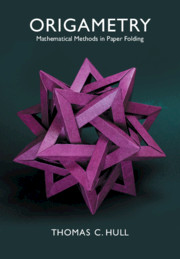Grammatical constructions are typically partially but not fully productive, which leads to a conundrum for the learner. When can a construction be extended for use with new words and when can it not? The solution suggested here relies on two complementary processes. The first is dynamic categorization: as learners record the statistics of their language, they implicitly categorize the input on the basis of form and function. On the basis of this categorization process, general semantic and phonological constraints on productivity emerge, and productivity is to a large extent determined by the degree to which the category is well attested by similar exemplars. Occasionally, a semantically sensical and phonologically well-formed instance of a well-attested construction is simply not fully acceptable. It is suggested that a process of statistical preemption is at work in these cases: learners avoid using a construction if an alternative formulation has been systematically witnessed instead. The mechanism proposed for statistical preemption is competition-driven learning: when two competitors are activated but one reliably wins, the loser becomes less accessible over time. In this way, the paradox of partial productivity can be resolved.


